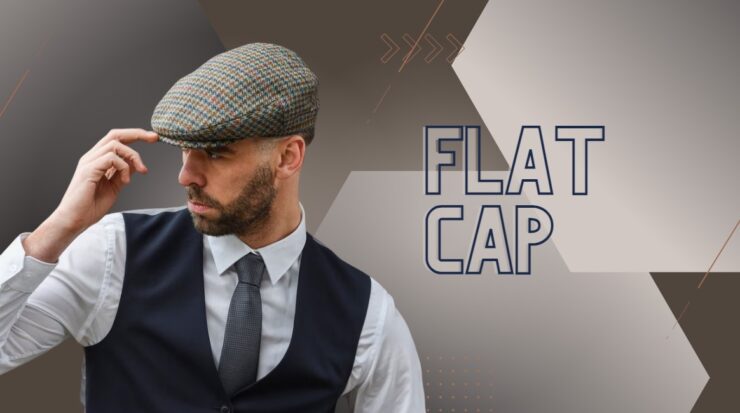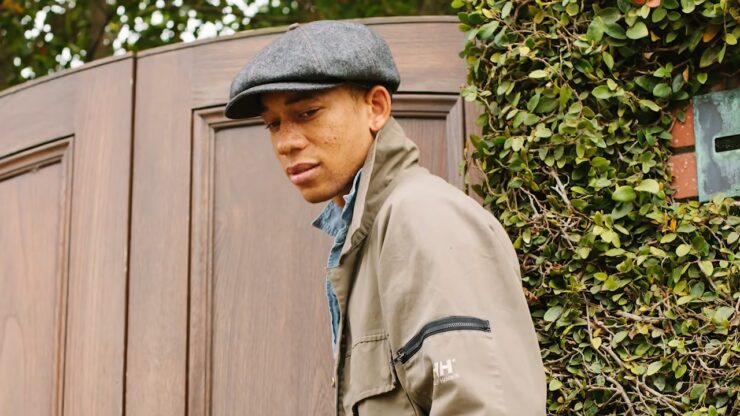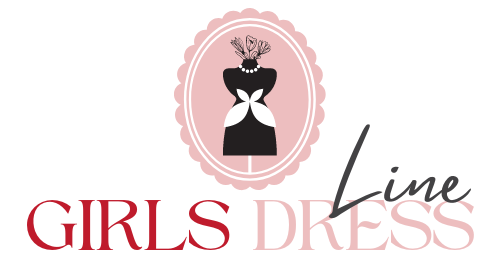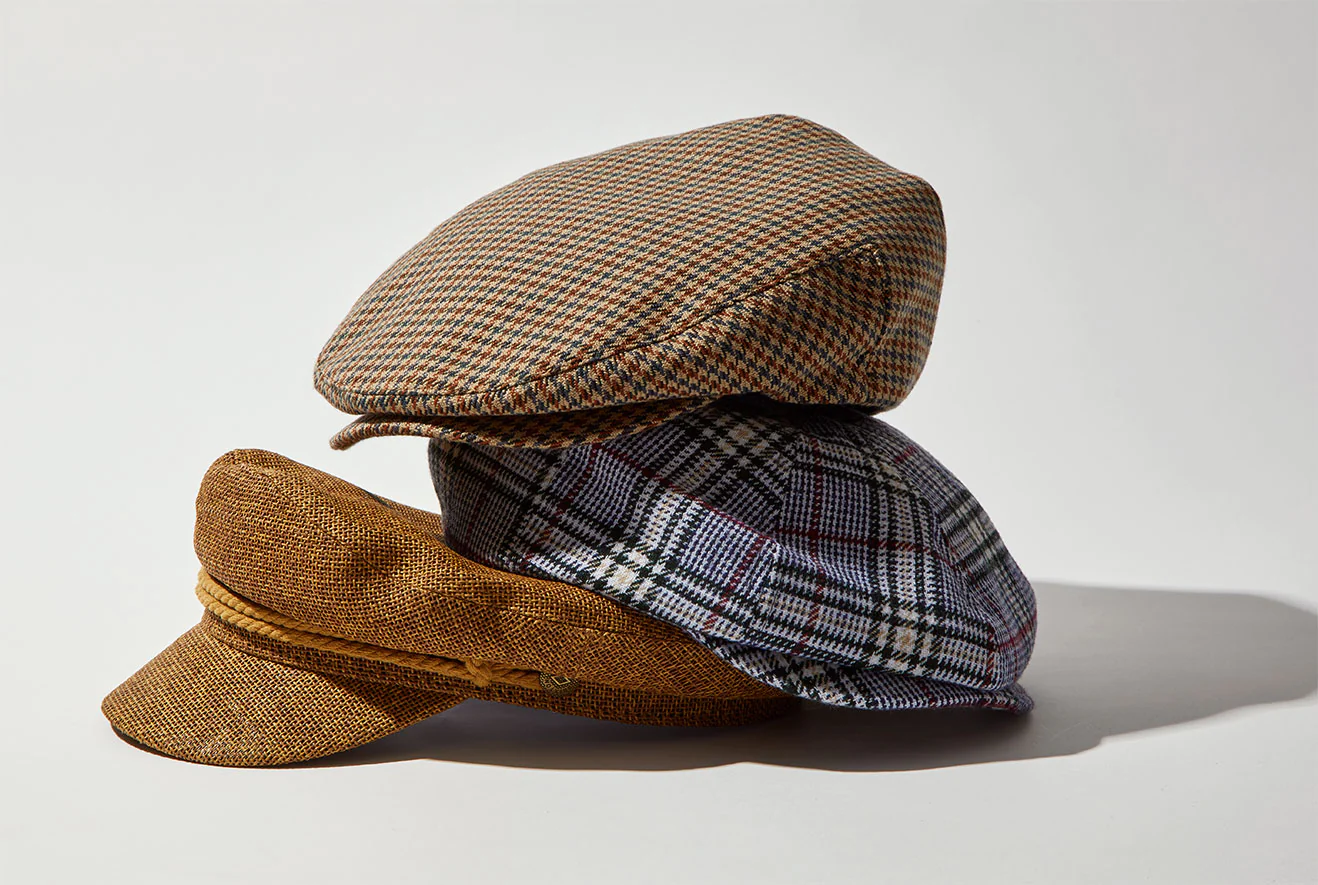In the world of headwear, two styles have managed to maintain their timeless allure: the scally cap and the flat cap. These classic hats have been donned by people from various walks of life, transcending generations and cultures.
In this comprehensive blog post, we’ll dive deep into the rich history of these iconic caps, their unique features, and how to incorporate them into your wardrobe. Join us as we explore the fascinating stories behind these enduring pieces of headwear.
The Legacy of the Scally Cap

Origin and Evolution
The scally cap, also known as the Irish working man’s cap, traces its origins back to the late 19th century. It emerged as a practical headgear solution for the working class in Ireland, who needed protection from the elements while laboring outdoors. Over time, the cap gained popularity beyond Ireland’s borders, eventually becoming a staple in American working-class attire, particularly in cities with large Irish-American populations, like Boston.
Material and Craftsmanship
Scally caps are traditionally made from wool, a material chosen for warmth. However, as the cap evolved, other materials like cotton, linen, and tweed have also been used to cater to different climates and preferences. The scally cap’s construction involves meticulous craftsmanship, with each piece carefully sewn together to create a snug fit and a durable, long-lasting product.
Identifying Features
The scally cap is characterized by a stiff, short, rounded brim at the front and a distinctive panel design. The top of the cap typically consists of eight triangular panels that converge at the center, where a small button-like embellishment is often placed. The sides of the cap are slightly fuller, giving it a somewhat rounded appearance. The back of the cap is generally elasticized or fitted with an adjustable strap for a comfortable and secure fit.
The Flat Cap: A Timeless Classic

Historical Beginnings
The flat cap boasts an even longer history, dating back to the 14th century in England. It was initially a symbol of the working class, and farmers. Over time, the flat cap gained widespread appeal, eventually becoming a fashion accessory among the upper class and even British royalty. Its popularity persisted through the centuries, and today it remains a beloved and versatile headwear option for people of all backgrounds.
Material and Design
Flat caps are commonly made from a variety of materials, including wool, tweed, cotton, and linen. The choice of material often reflects the cap’s intended use or the wearer’s personal style preferences. Regardless of the material, flat caps are their excellent craftsmanship and attention to detail. These caps often feature a soft, unstructured design, which allows them to be easily folded and stored when not in use.
Distinguishing Characteristics
The flat cap is defined by its low-profile, streamlined silhouette, and a flat, horizontal brim that extends from the front of the cap. The body of the cap is typically sewn together from several panels, giving it a slightly curved shape that conforms to the wearer’s head. Unlike the scally cap, the flat cap does not have a button at the center of the crown. The interior of the cap is often lined with soft fabric, ensuring a comfortable fit.
If you’re interested in similar topics, be sure to read our related blog post.
How to Choose the Perfect Cap for You
Consider Your Personal Style
When deciding between a scally cap and a flat cap, consider which style best aligns with your personal aesthetic. The scally cap’s rounded shape and distinctive paneling give it a more casual, rugged appearance, making it ideal for those who laid-back, down-to-earth look. On the other hand, the flat cap’s sleek, low-profile design offers a more refined and sophisticated vibe, making it a better fit for those who lean towards a polished, timeless style.
Factor in Functionality
Another aspect to consider when choosing between the two caps is their intended use. If you require a cap for outdoor activities or work, the scally cap’s durable construction and snug fit may be more suitable. In contrast, the flat cap’s foldable design and lighter materials make it a more convenient option for casual, everyday wear or for those who appreciate a versatile, packable accessory.
Experiment with Different Materials and Patterns

Both scally caps and flat caps come in a wide array of materials and patterns, allowing you to find the perfect cap to complement your wardrobe. Classic tweed and herringbone patterns offer a timeless appeal, while more modern designs, like plaid or solid colors, can provide a contemporary twist. Don’t be afraid to experiment with different materials and patterns to find the cap that best suits your personal taste.
Focus on Fit and Comfort
Last but not least, ensure the cap you choose fits well and feels comfortable. While both scally caps and flat caps are designed to be comfortable, their fit may differ. Scally caps tend to have a more structured fit with a slightly elasticized or adjustable back, providing a secure and tailored feel. Flat caps, on the other hand, offer a more relaxed, unstructured fit that gently conforms to the shape of your head. When trying on caps, pay attention to how they feel on your head, ensuring they are neither too tight nor too loose.
Frequently Asked Questions

1. What is the main difference between a scally cap and a flat cap?
The primary difference between the two caps lies in their shape and design. Scally caps feature a rounded shape with distinctive paneling and a button at the center of the crown, while flat caps have a sleek, low-profile design and a flat, horizontal brim.
2. Are scally caps and flat caps only suitable for certain age groups or genders?
No, both are versatile and timeless accessories that can be worn by people of all ages and genders. They are classic headwear options that can be styled to suit a wide range of personal tastes and wardrobes.
3. What materials are commonly used to make scally caps and flat caps?
Traditional scally caps are made from wool, but they can also be found in other materials such as cotton, linen, and tweed. Flat caps are commonly made from wool, tweed, cotton, and linen, with the choice of material often reflecting the intended use or the wearer’s personal style preferences.
4. How do I determine the correct size for a scally cap or a flat cap?
To find the right size, use a flexible measuring tape to measure the circumference of your head, just above your ears and eyebrows. Compare your measurement to the sizing chart provided by the cap manufacturer to determine the appropriate size. Keep in mind that some caps may have adjustable straps or elasticized backs to ensure a more customized fit.
5. Can I wear a scally cap or flat cap in any season?
Yes, both scally caps and flat caps can be worn year-round. However, it is essential to choose the appropriate material for the season. Wool and tweed caps are better suited for cooler weather, while cotton and linen caps provide breathability and comfort during warmer months.
6. How do I care for and clean my scally cap or flat cap?
The care instructions for your cap will vary depending on the material it is made from. In general, it is best to spot-clean your cap with a damp cloth and mild soap as needed. For more thorough cleaning, check the cap’s care label or consult the manufacturer for specific instructions. Avoid machine washing or drying your cap, as this may damage its shape and structure.
7. How do I fold and store my scally cap or flat cap?
To fold a scally cap, simply press the top of the cap down towards the brim, then fold the cap in half so that the brim touches the back of the cap. For a flat cap, press the top of the cap down towards the brim and fold the cap in half, with the brim resting against the interior lining. Store your cap in a cool, dry place, away from direct sunlight or heat, which can cause fading or damage to the materials.
8. Can I wear a scally cap or a flat cap with formal attire?
While scally caps and flat caps are traditionally associated with casual or semi-formal attire, they can be incorporated into more formal outfits for a unique, stylish touch. Pairing a flat cap made from high-quality materials, such as tweed or wool, with a suit or blazer can add an element of sophistication and individuality to your ensemble.
9. Are scally caps and flat caps appropriate for all face shapes?
Both scally caps and flat caps are versatile accessories that can suit a wide range of face shapes. However, the best way to determine whether a particular cap complements your face shape is to try it on and assess how it looks and feels. Don’t be afraid to experiment with different styles, materials, and patterns to find the perfect cap for your unique features.
10. How can I incorporate a scally cap or flat cap into my everyday wardrobe?
Scally caps and flat caps can be easily incorporated into your daily wardrobe by pairing them with a variety of outfits, from casual to semi-formal. For a relaxed look, try wearing your cap with jeans, a t-shirt, and a light jacket. To achieve a more polished appearance, pair your cap with tailored trousers, a button-down shirt, and a blazer or vest. Ultimately, the key to styling your cap is to let it complement and enhance your overall look, allowing it to become a signature part of your personal style.
Final Words
Both the scally cap and the flat cap have withstood the test of time, each boasting a rich history and a loyal following of fans. Although they share some similarities, each cap has its own unique features that set it apart. When choosing between a scally cap and a flat cap, consider your personal style, intended use, climate, and comfort preferences. By taking these factors into account, you’ll be well on your way to finding the perfect cap to complement your wardrobe and make a stylish statement. Embrace the timeless appeal of these classic caps, and let them become an enduring part of your personal style story.

